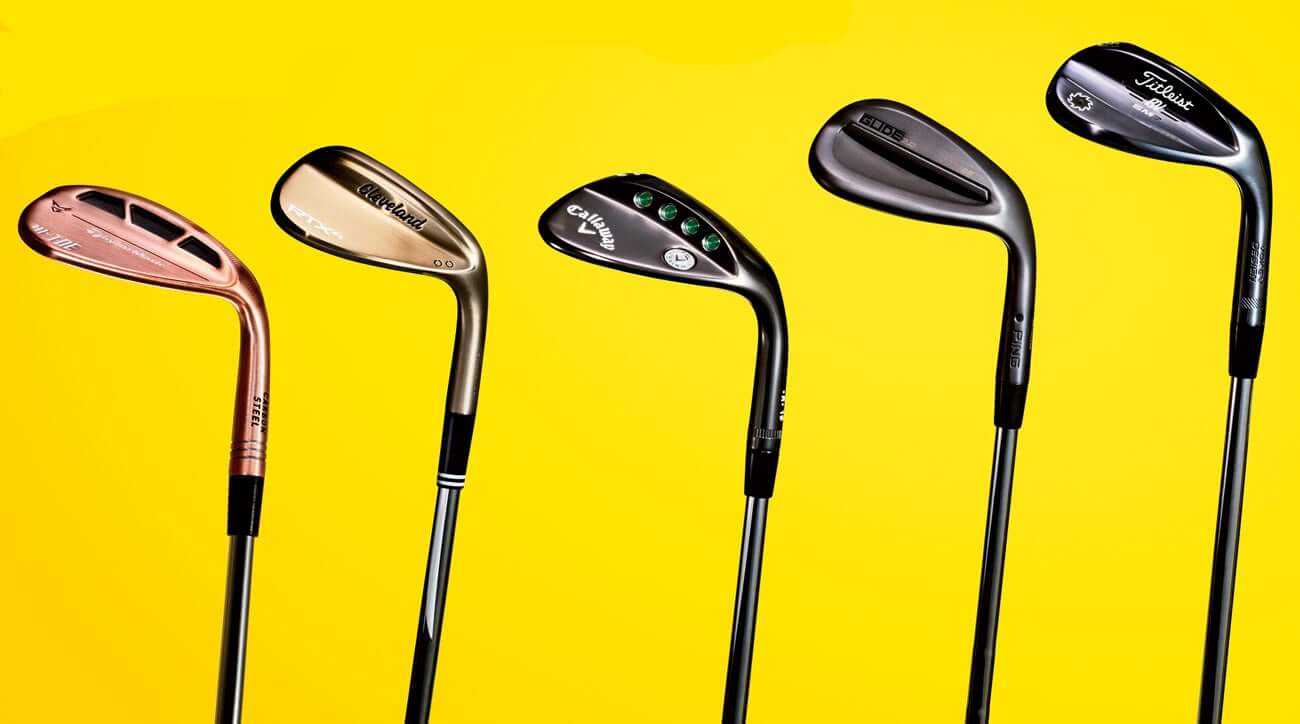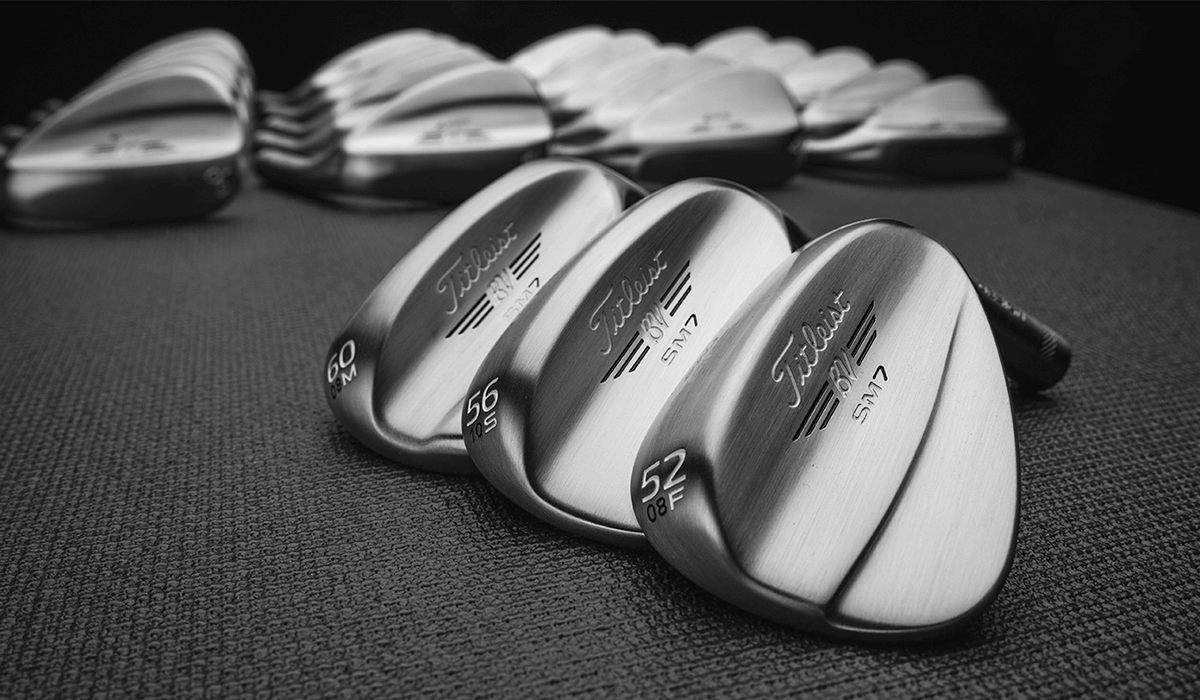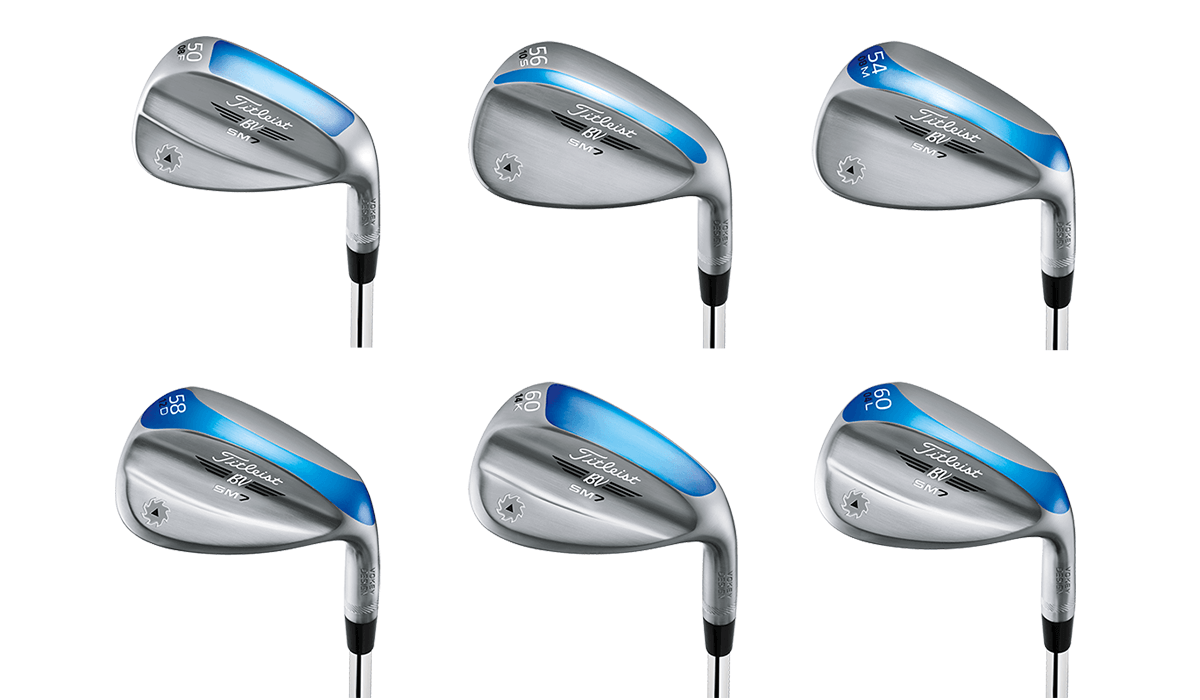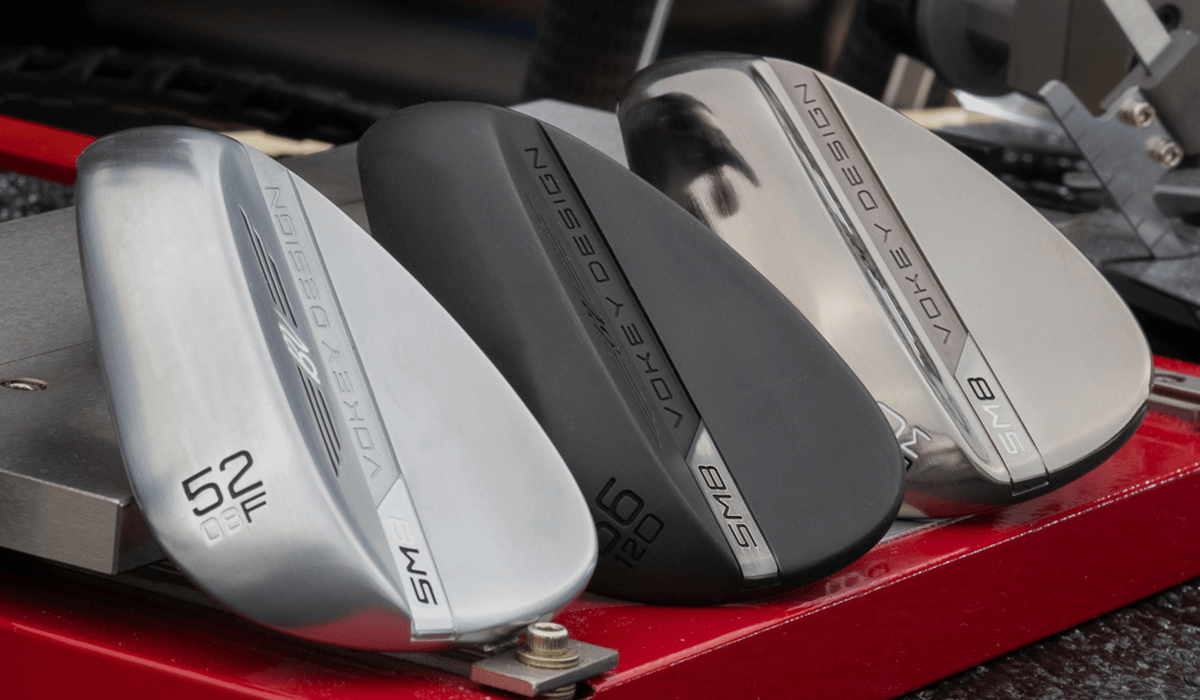Clothes
How to Pack Smart for a Golf Holiday
Explore 33,000+ golf courses in 180 countries.
Follow the latest news and trends in golf.
Connect with like-minded golfers.
Find everything you need for your golf equipment and gear needs.
Travel, golf resorts, lifestyle, gear, tour highlights and technology.
All Square
Suggestions
Clothes
How to Pack Smart for a Golf Holiday
Course Reviews
Weekend Golf Escapes by Car from Luxembourg
Course Reviews
Best Clubhouse Restaurants in Europe
Course Reviews
Your Top Destinations For a Last-Minute Christmas Golf Getaway in Europe
Clubs
Hideki Matsuyama WITB Behind His 2025 Hero World Challenge Victory
Amateur Golf
Europe’s Best Pro-Am Golf Events for Amateurs
Course Reviews
Top 10 Par‑3s You’ll Never Forget
Course Reviews
The Architects Behind Europe’s Most Iconic Courses
Destinations
Europe’s Best Resorts for Couples
Contests
The Skins Game: Results & Overview
Community
Rewilding the Rough: Nature-First Golf Design
Course Reviews
The History Behind the Ryder Cup Courses
Abu Dhabi HSBC Championship
Aaron Rai’s Winning WITB at Abu Dhabi HSBC Championship
Course Reviews
The Best Golf Courses Near Pinehurst That Aren’t Pinehurst No. 2
Course Reviews
The Els Club Vilamoura: Golfing Grandeur in the Algarve
Clubs
Winning WITB of Scottie Scheffler at 2025 CJ Cup
Community
Balancing Sport and Spa: The New Golf Wellness Trend
Course Reviews
Riviera Fairways: Glamour Golf in the South of France
Destinations
Emaar South Dubai
Course Reviews
Island Golf Around the Globe: Where Nature Meets the Fairway
Course Reviews
The Best 36-Hole Golf Resorts Around the World

Research has shown that a quarter of all shots played by the average golfer are with a wedge. So, making sure you choose the right ones is vital to lowering your score. Here’s what you need to know when buying new wedges. Don’t forget to check our article about the best available wedges on the market too!
Most pros carry three or four wedges, to offer variation and selection to their short games, and they try to keep the loft degree gaps to around 4 degrees between each club.

Wedges can be divided into four main types: Pitching Wedges typically have a loft between 44-48 degrees and are used for full shots into greens and longer chip shots. Gap Wedges carry a loft of around 50-53 degrees and are used for pitches and longer chips. Sand Wedges, with a loft of 54-58 degrees, are used in green side bunkers or just around the greens. Lob Wedges have a loft of around 60-64 degrees and are used for chips and flop shots near the green and for the tricky bunker shots with high lip.
The loft of a wedge is the angle between the face of the wedge and an imaginary vertical line. The more loft on a wedge, the more elevation on your shot, resulting in a higher ball flight with less distance. So, this is important if you are looking to hit the ball with high, low or medium elevation.
The bounce of a wedge is the area of the club that hits the turf under the ball at impact. The most important element of this is the angle from the leading edge to the point where the sole meets the ground. This ‘bounce angle’ prevents a wedge from digging into sand or turf.
Low-Bounce Wedges have a bounce angle of 4-6 degrees and are suited to players who sweep the ball, taking a shallower divot. Mid-Bounce Wedges, at 7-10 degrees of bounce, are suited to a wide range of conditions and swing types. High-Bounce Wedges are best suited to players who dig at impact, taking deep divots.

Sole grind is the shaping of the sole of the wedge usually around the heel or the toe. Manufacturers offer a range of sole grinds as well as the standard wedge sole. They grind the soles with a machine to suit specific turf conditions or shots. For example, a heel grind allows the face to sit lower to the ground at address. Sole grinds also change the bounce of the sole.
Most wedges come with steel shafts unless the wedges are part of a graphite set of clubs. Most players will use the same shaft material in their wedges and irons for greater consistency. Most steel shafted wedges come with a standard ‘wedge flex’. This provides feel and accuracy in a short club where flex is less important. Some tour players, however, like to play softer flexes and heavier weights in their sand and lob wedges since these are more feel-oriented clubs. Also, If you are aggressive and rather quick, you should lean to a slightly stiffer flex; while a player with a more rhythmic tempo usually benefits from a slightly softer shaft flex.

The finish that you choose is down to personal taste and won’t have much effect on the feel. But there are differences in wear. Chrome or Nickel will maintain their colour and appearance longer. Unplated or raw finishes are designed to wear or rust more over time, which can improve friction and lead to improved spin.
Using wedges that have been specifically fit for your swing and the course conditions you mostly play is the fastest way to lower your score. Online fitting tools will help you select the proper loft, bounce, and grind for your game. Here are two examples: Vokey Design and Callaway.